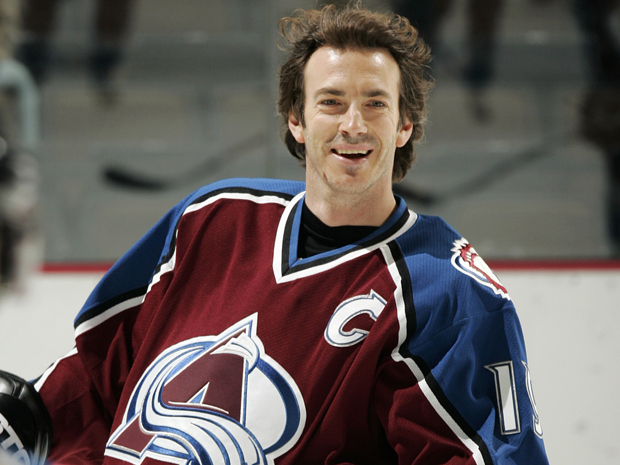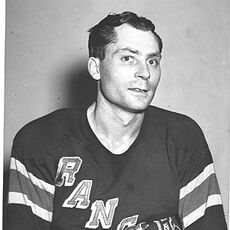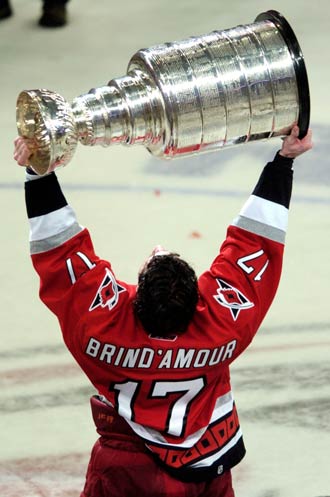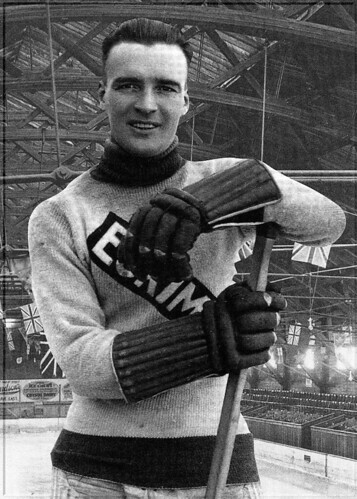ImporterExporter
"You're a boring old man"
Tim Horton - D

Quotes on Tim Horton:
http://webcache.googleusercontent.c.../05/tim-horton.html+&cd=1&hl=en&ct=clnk&gl=us
http://www.hhof.com/htmlSpotlight/spot_oneononep197702.shtml
http://www.sportsnet.ca/hockey/24-7/greatest-maple-leafs-no-7-tim-horton/
http://www.cbc.ca/sports/hockey/nhl/remembering-tim-horton-1.1333425
http://news.google.com/newspapers?id=zctRAAAAIBAJ&sjid=_GwDAAAAIBAJ&pg=6279,2828525
Odds and ends:
http://www.sportsnet.ca/hockey/24-7/greatest-maple-leafs-no-7-tim-horton/
http://www.legendsofhockey.net/LegendsOfHockey/jsp/LegendsMember.jsp?mem=p197702&page=bio
http://www.timhortons.com/us/en/corporate/media-tim-horton.php
http://proicehockey.about.com/od/history/a/tim_horton.htm
Will continue to add to this.....can merge into links when i'm done. Thanks!

Named to NHL First All-Star Team in 1964, 1968, and 1969
Named to NHL Second All-Star Team in 1954, 1963, and 1967
1961–62 – Stanley Cup champion
1962–63 – Stanley Cup champion
1963–64 – Stanley Cup champion
1966–67 – Stanley Cup champion
1977 – Inducted (posthumously) into the Hockey Hall of Fame
1982 – Inducted (posthumously) into the Buffalo Sabres Hall of Fame[22]
1996 – Number 2 retired by the Buffalo Sabres
1998 – Ranked number 43 on The Hockey News list of the 100 Greatest Hockey Players.
2004 – Ranked number 59 in The Greatest Canadian list by the Canadian Broadcasting Corporation
Quotes on Tim Horton:
http://webcache.googleusercontent.c.../05/tim-horton.html+&cd=1&hl=en&ct=clnk&gl=us
Gordie Howe, hockey's most physical hockey hero, called Horton "hockey's strongest man."
Bobby Hull, who many consider to be the strongest player to have ever played, once said "Few players brought more dedication or brought more honor to the game. He was my idea of a super pro."
Goalie Jacques Plante said that Horton had "probably the toughest slap shot in the league."
Montreal Canadiens tough guy John Ferguson said "Horton's the hardest body-checker I've ever come up against. He's as strong as an ox and hits with terrific force."
Jim Schoenfeld, a Horton protégé in Buffalo and a standout defenseman in his own right, is very fond of Horton for helping him along as a youngster. "I always remember him saying 'Jimmy, the hard way is the easy way,' because he felt practicing the difficult things made it easier under game conditions. He was right. It's a guideline I still follow to this day."
Teammate Frank Mahovlich perhaps sums Tim Horton up best: "I never knew a player so steady. No flash, no polish, all hard work."
http://www.hhof.com/htmlSpotlight/spot_oneononep197702.shtml
Coach Punch Imlach commented, "I think Horton, more than any other one player, was the key to those glory days."
"Horton is typical of the new type of defenseman who must be equally adept on attack and defense," wrote Canadian Weekly in 1965.
"We had young, green defensemen and I knew there was no player to set an example better than Horton," said Imlach at the time (referring to Buffalo's team).
NHL scout Gerry Melnyk added, "His stamina and strength are amazing. At 43, he's playing as well as he performed 10 years ago when he was helping Toronto win Stanley Cups."
Vic Hadfield stated, "I couldn't have had a better friend, on or off the ice.
Similar feelings were expressed by George Armstrong at the time of Horton's death, "No finer person, teammate or hockey player ever lived."
Allan Stanley added, "He was the finest man I knew on or off the ice. He was a great leader without a mean streak in him. Playing with him was a wonderful experience."
http://www.sportsnet.ca/hockey/24-7/greatest-maple-leafs-no-7-tim-horton/
“You could always depend on him,†remembers Frank Mahovlich, who played with Horton for 11 years in Toronto. “He was strong, moved everybody away from the net. He was a great defensive defenceman but he could also carry the puck up the ice."
http://www.cbc.ca/sports/hockey/nhl/remembering-tim-horton-1.1333425
"I never knew a player so steady," Frank Mahovlich told The Globe and Mail hours after the tragedy. "You always knew what Tim Horton was going to do."
http://news.google.com/newspapers?id=zctRAAAAIBAJ&sjid=_GwDAAAAIBAJ&pg=6279,2828525
"He was the kind of man you looked to for leadership, said Ron Schock, captain of the Penguins and close friend of Horton. I never heard anyone say a bad word about him."
"He was a real inspiration to me," said Dave Burrows who played beside Horton during Tim's season with the Penguins. "I learned from him both by his example and by the things he said."
Odds and ends:
http://www.sportsnet.ca/hockey/24-7/greatest-maple-leafs-no-7-tim-horton/
Built like an oversized blacksmith, he went on to protect the Leafs blueline for 18 years, manhandling opponents with his body (but never his fists) and blocking shots with every part of his being, including his face when the need arose.
A six-time all-star and four-time Stanley Cup winner, Horton stood just five-foot-ten but was 210-lb. of solid muscle twisted around a skeleton that could withstand more punishment than any other player of his generation. Renowned by his opponents for the rib-shattering bear hug he’d deliver to those who dared take a swing at any of his teammates, Horton amassed 458 points in a Leafs career that spanned 1,185 games, including a record 486 consecutive regular-season games between 1961 and 1968.
A natural leader in the Leafs dressing room, Horton was an ox who could drag the team behind him during the early and mid-’60s.
http://www.legendsofhockey.net/LegendsOfHockey/jsp/LegendsMember.jsp?mem=p197702&page=bio
The team went through a minor slump in 1965 and for part of the season coach Punch Imlach moved Horton to the right wing on a line with George Armstrong and Red Kelly, another defenseman turned forward. Horton scored 12 goals, many of them with his huge slapshot from close range.
http://www.timhortons.com/us/en/corporate/media-tim-horton.php
Gordie Howe has called Tim Horton hockey's strongest man. In a fight, Horton was known to edge into the melee and "grab a couple" of players to help keep the peace. But despite his legendary strength, he was not a proponent of violence on the ice. Some claim Tim invented the slap shot, and he could always be counted on to get the puck out of his own end of the ice with his "heads up" skating style.
http://proicehockey.about.com/od/history/a/tim_horton.htm
For the next two decades, Horton defined the bruising, reliable defenseman who can rush the puck and deliver a hefty slapshot. In today's jock talk, he was a blueline stud - muscular, smart, tough, mobile and sure-handed, a man the coach could send out for 30 minutes a night without worry.
Will continue to add to this.....can merge into links when i'm done. Thanks!
Last edited:
































